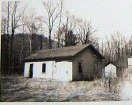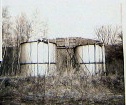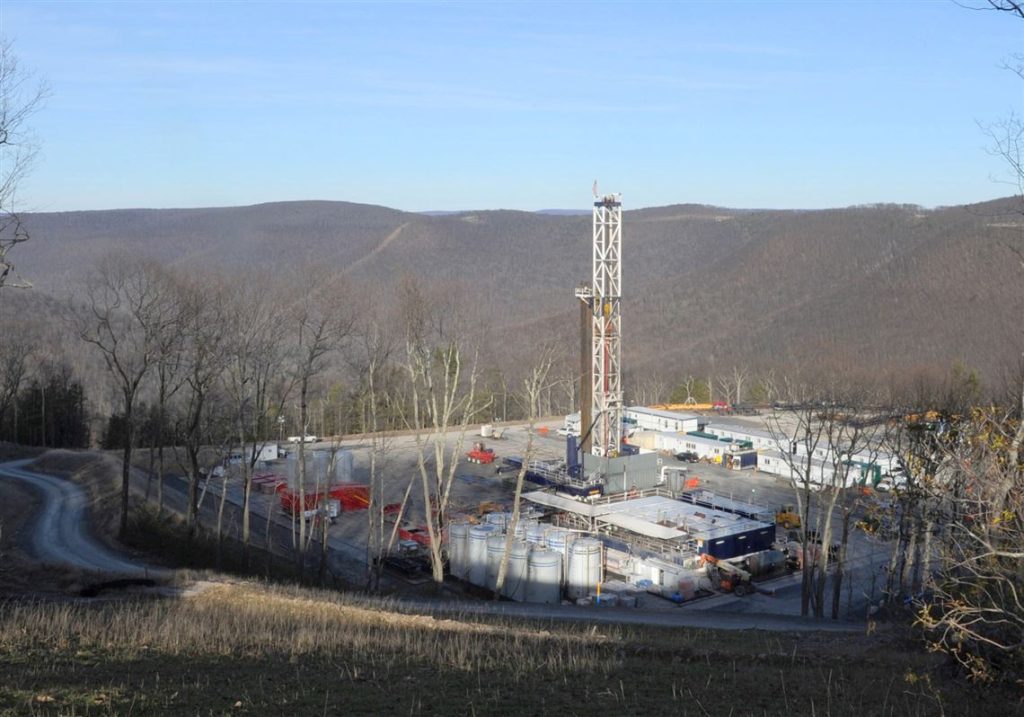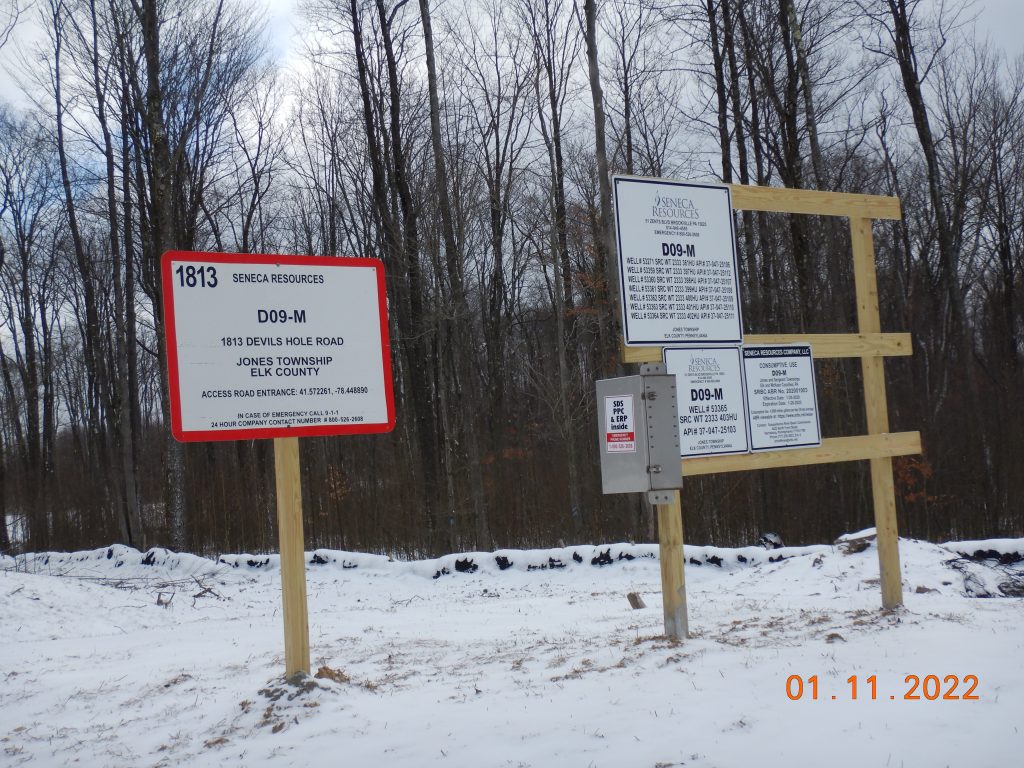In the past 100-plus years the majority of new oil & gas wells drilled in Jones Township were the more conventional vertical wells. However within the past decade several horizontal wells in the Marcellus and Utica Shale formations have been drilled, mostly in the old Shawmut Grade area of the Elk State Forest and State Game Lands #25 as well as a few other locations scattered east of Wilcox.


In 2011, Hunt Marcellus Operating Company began exploration in the Wolf Run Area along Long Level Road. Most of these Marcellus wells that have been drilled, as of recently, have been mostly pilot wells to test and substantiate the gas present in the local Marcellus formation. With the lack of adequate pipelines, most activity in this area has ceased.
However, Seneca Resources has however been very active and quite successful in the shale gas exploration in the old Shawmut Grade areas of Jones Township. Seneca currently has more than 12 different gas well sites in Jones Township and several more in neighboring Shippen and Sergeant Townships. Access to these sites is either from the north from the Wilcox Road in Clermont. Southern access to the area is provided near Glen Hazel.


While combining horizontal drilling techniques with hydraulic fracturing to stimulate the formation, the natural resources in both the Marcellus and Utica shale formations can be produced. The shale has low permeability—the very small spaces between grains don’t let natural gas, water or liquid hydrocarbons flow easily—so hydraulic fracturing enables us to create fractures in the shale to increase the flow of natural gas. These fractures are created when a mixture of water, sand and a minimal amount of chemical compounds are injected at high pressure into the formation. Once the fractures are created, the natural gas can be extracted. Since 2007, Seneca Resources has collectively drilled and completed more than 400 horizontal Marcellus wells.
The Utica Shale Formation is a hydrocarbon-bearing formation residing several thousand feet deeper than the Marcellus Shale throughout the Appalachian Basin, including Jones Township. Seneca Resources first targeted the Utica Shale in 2011 and has tested it across much of its acreage.
With a solid understanding of the formation, Seneca has focused mostly with the Utica development in Elk, Cameron and McKean Counties.
Generally, well performance is stronger in the Utica than the Marcellus in the same area. This is due to greater thickness of the reservoir and higher reservoir pressure due to its greater depth—more than 10,500 feet below the surface in the west and 12,000 feet in the east part of Pennsylvania.
A major advantage of having a stacked play strategy utilizing multiple rock formations is that it allows us to take advantage of existing infrastructure. By making repeat visits to previously used pads, environmental impacts are minimized and greater cost savings are realized.
